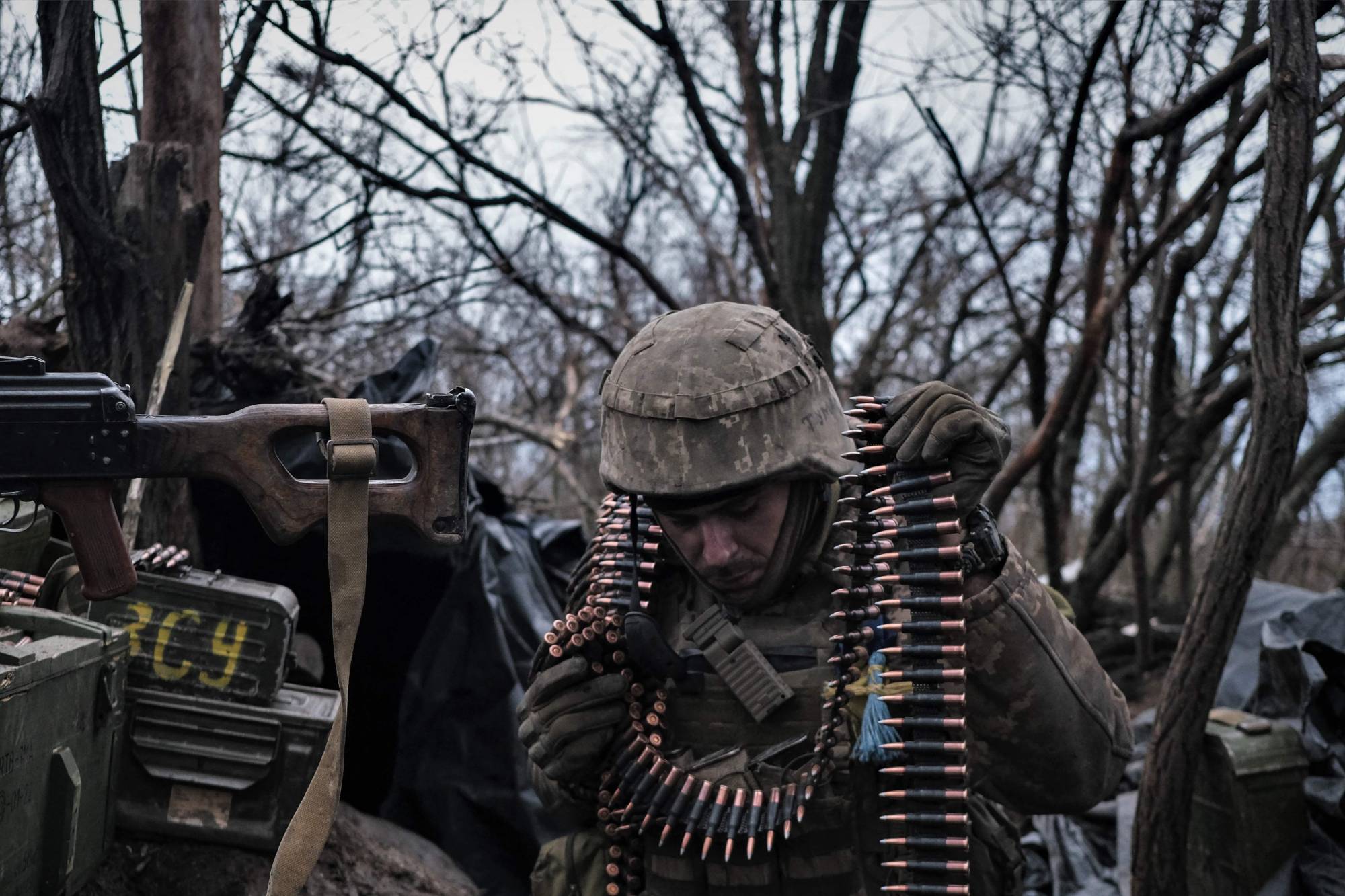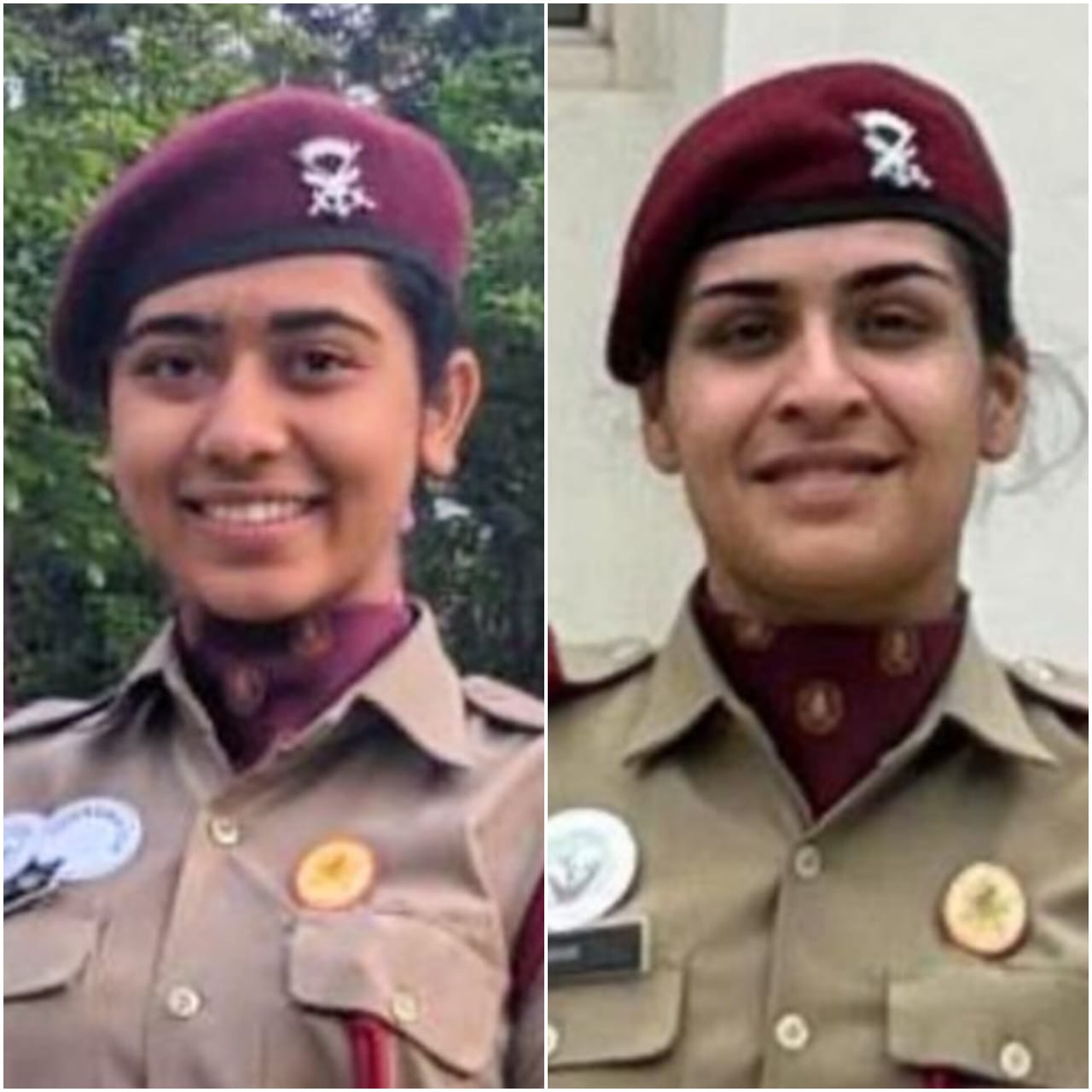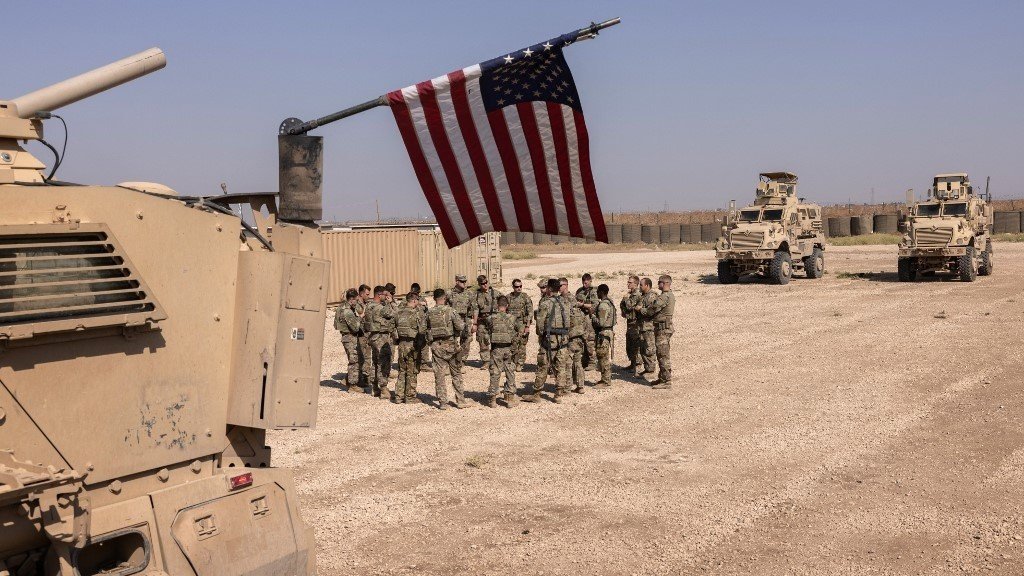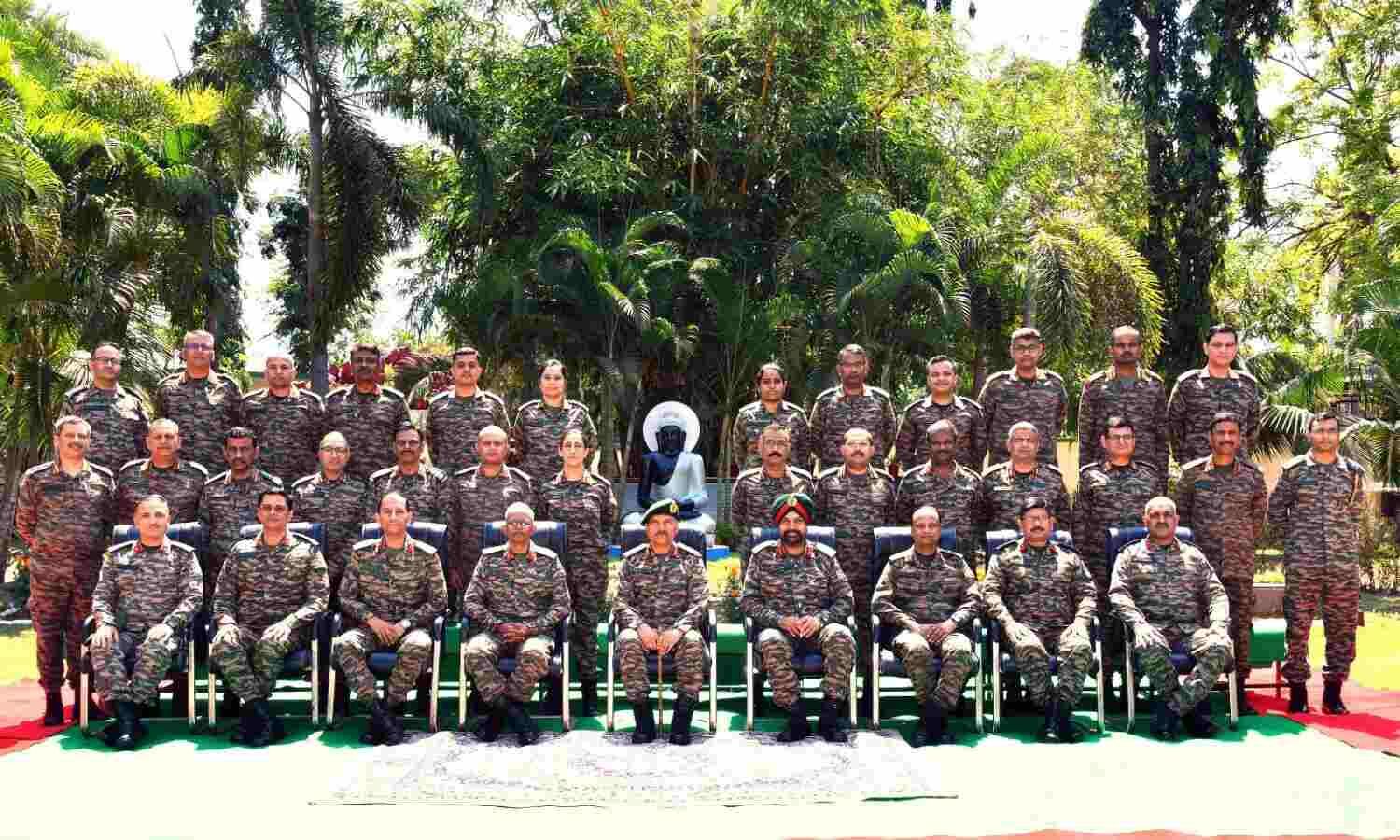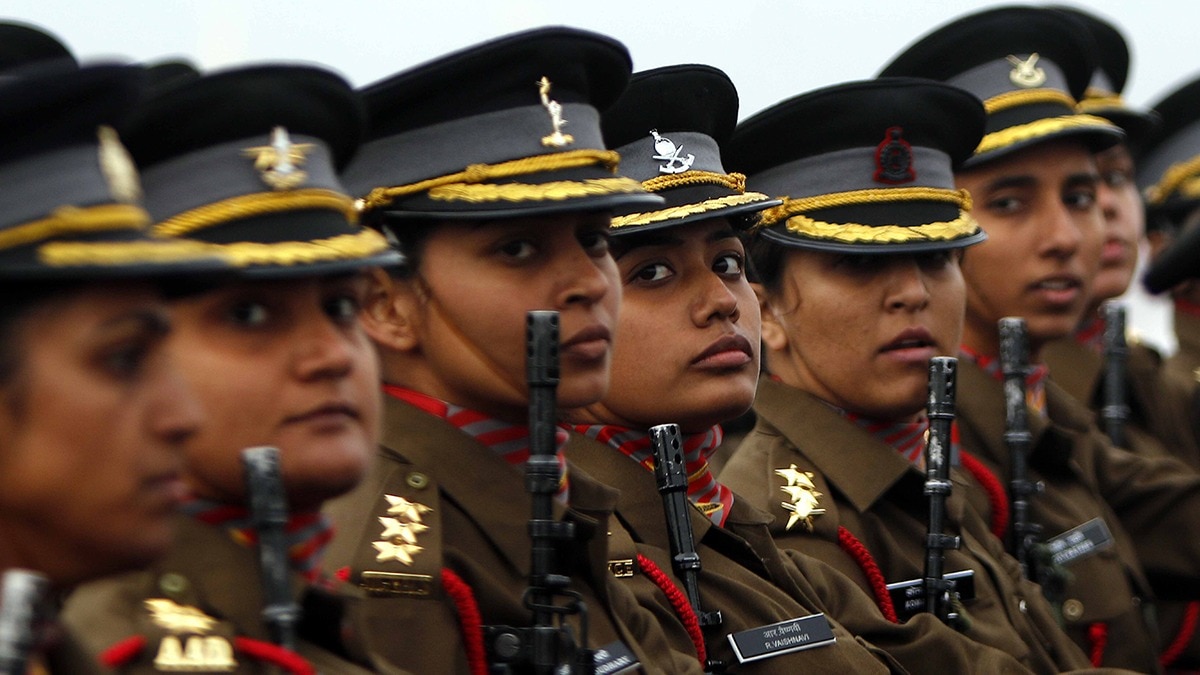Ukraine Probes Defective Mortar Shells Amid Ongoing Conflict with Russia
Ukraine's defense ministry announced the initiation of an investigation into the use of defective mortar shells against Russian forces, following…
Two Cadets from Mohali Selected for Indian Air Force Officer Training
Two aspiring officers from the Mai Bhago Armed Forces Preparatory Institute for Girls (AFPI) in Mohali, Charanpreet Kaur and Mahak,…
US Military Strikes Iranian-Aligned Weapons Facility in Syria After Attack on Forces
In a recent operation, the US military executed a strike against a weapons storage facility belonging to an unnamed Iranian-aligned…
Indian Army Unveils AAPM Power Supply System Designed for Extreme Conditions
In a significant advancement in military technology, the Indian Army has introduced a new Auxiliary Power Management System (AAPM), developed…
Lieutenant General Karanbir Singh Brar Reviews Military Operations in Hyderabad and Secunderabad
Lieutenant General Karanbir Singh Brar, the General Officer Commanding of Dakshin Bharat Area, recently conducted a comprehensive visit to the…
Leaked Letter Stirs Debate on Challenges Faced by Women Officers in Indian Army
A recently leaked letter from Lieutenant General Rajeev Puri, formerly commanding officer of the Panagarh-based 17 Mountain Strike Corps, has…

